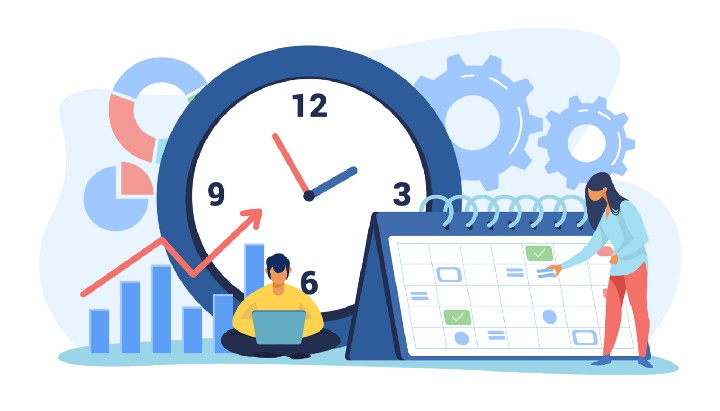What are the clues of a to-the-point design and software brief? We witness an increase in corporations’ need for digital transformation day by day, especially after the pandemic. When looked into the last 12 years, it may be suggested that qualifications and the content of our digital projects have changed considerably, and that digital transformation has rapidly gained popularity throughout different sectors. In the digital transformation process, once the needs are identified, it is necessary to first cooperate with an expert company that has the capability serve the design and software needs. It is sometimes possible to proceed with a company like ourselves, which can provide both of these services, whereas in some cases, it may be necessary to work with separate companies for design and software. Insofar as the preliminary interview and briefing process are carried out in a detailed and accurate manner, the final products will meet the originally intended qualifications to such extent. What kind of preliminary briefing should we give to the software companies that will create the digital products? What are the points that we need to pay attention to in this process? Let’s check those out together!
Why do we need a digital product?

It is crucial that a comprehensive analysis is made in determining the budget of the project. A budget figure may be found on the basis of the efforts envisaged for the design and software of the listed functions. On the other hand, in projects with a less detailed analysis, it is impossible to estimate the budget as the actual scope of the project is revealed gradually within the process. Person/hour type of budgeting in projects with an unclear scope and lacking a technical analysis would be fairer for the software companies to be rewarded for their efforts. Contact us to get detailed information.
Information on the user base of the digital product
Digital transformation brings along rapidness and efficiency. Which target audience will the generated digital product provide these benefits to? Who will be the users? Information on demographics of the users, their user habits, viewpoints, needs to be fulfilled by the digital product and the resulting project, and the intended benefit to be offered by the new digital product to its user base should be at hand in terms of the user base. Having such details is vital for a software company when creating the product and designing a user-focused experience.
What will be the functions of the digital product?
In the road to digitalisation, the necessary product is sometimes a simple website that does not include many functions, whereas in some cases, a complicated software product with many details may be needed. Employees of the corporation in need of the relevant product may occasionally have know-how but sometimes, they may be people that are very unfamiliar with software technologies. All these parameters have a role in successfully identifying the functions of the digital product. Preparing a technical analysis jointly with the client in cases where there is no technical analysis prepared by the client, and providing software analysis support in case of the client’s lack of experience in this respect are highly important for clarifying the details of the project at the beginning. Projects for digital products, functions of which are not clearly set at the beginning, unfortunately tend to yield much less efficient results. Therefore, for the sake of efficiency of the project and for ensuring that the final product ultimately has the intended qualifications, it is essential for the product-owner corporation to clearly define the functions of the product, the benefits of the product and the minimum qualifications required for the launching of the product and -in case of lack of the capability to prepare these in the form of a technical analysis- to get services from a company that it will cooperate for these processes.
A focused, realistic timeline

In order to prepare a grounded, realistic timeline, an accurate analysis of the features of the digital product, as outlined in the previous section, is vital. In most cases, the timeline prepared by the software company based on their experiences in similar projects may cover a period longer than expected by the clients. However, a process developed in a rush to gain time may give rise to problems in the long term and bring the project period to the originally contemplated timeline. In such cases, dividing the launching of the project into phases and categorizing the features one by one according to their level of importance may serve as a solution.
For a realistic timeline, a well-thought-out and detailed business plan is needed. It is possible to develop a focus-oriented product with an agile approach that harmonises experience and knowledge through a mutually projected business plan.
Project budget
It is crucial that a comprehensive analysis is made in determining the budget of the project. A budget figure may be found on the basis of the efforts envisaged for the design and software of the listed functions. On the other hand, in projects with a less detailed analysis, it is impossible to estimate the budget as the actual scope of the project is revealed gradually within the process. Person/hour type of budgeting in projects with an unclear scope and lacking a technical analysis would be fairer for the software companies to be rewarded for their efforts.


